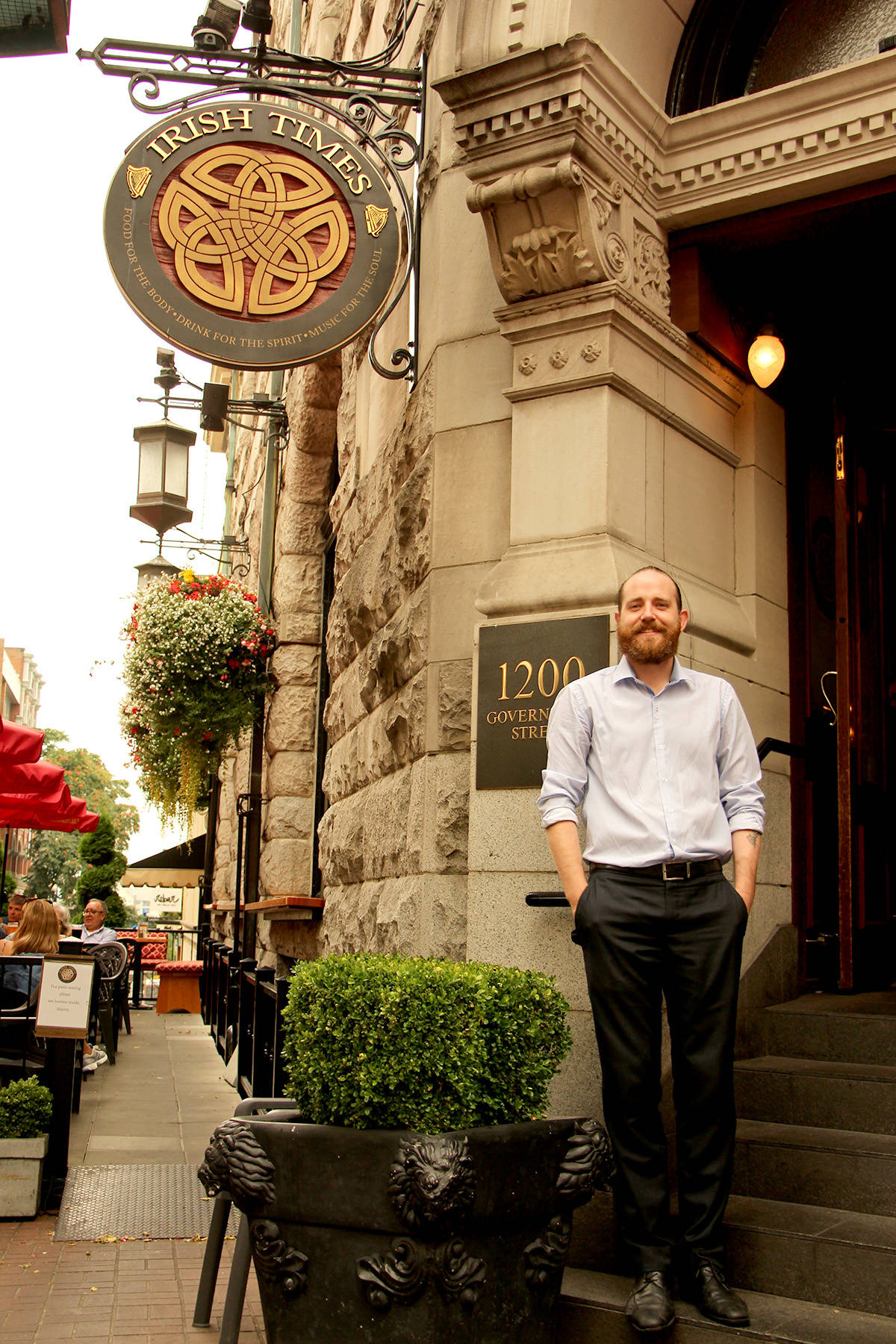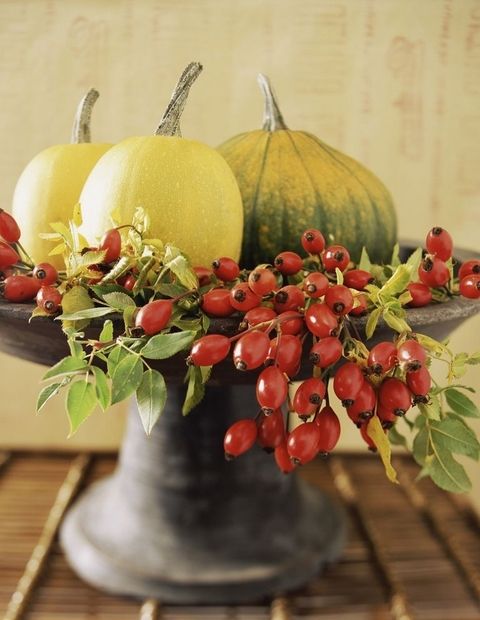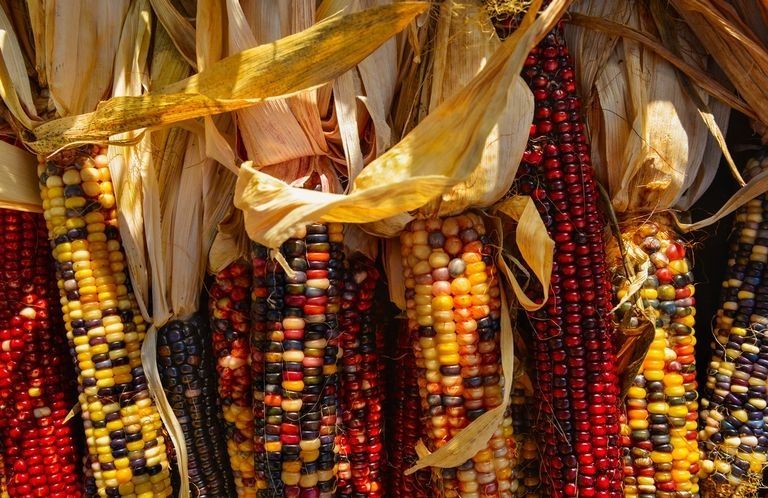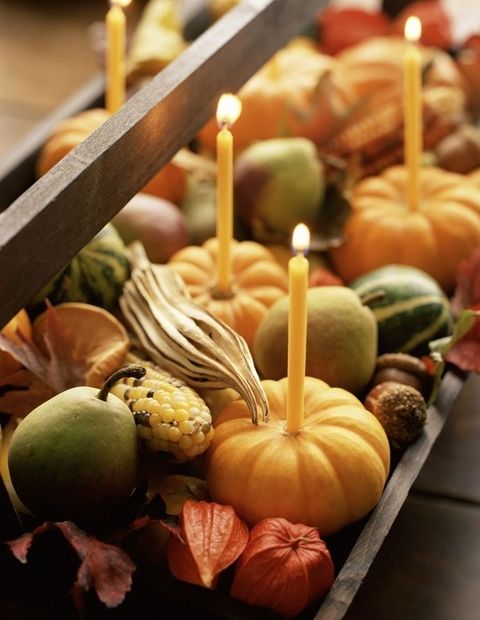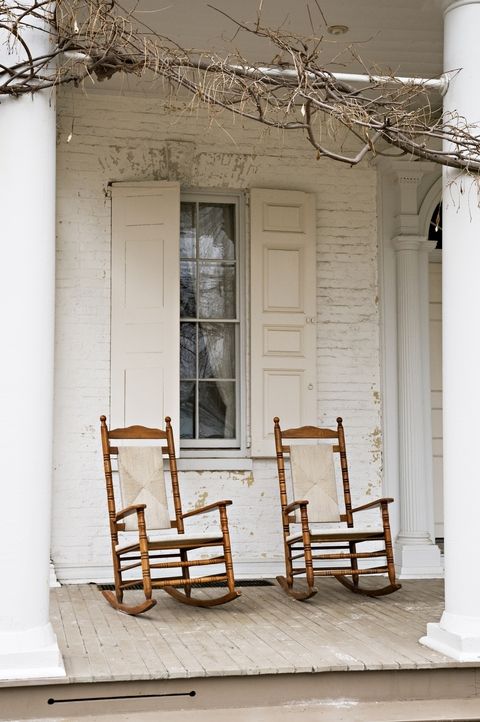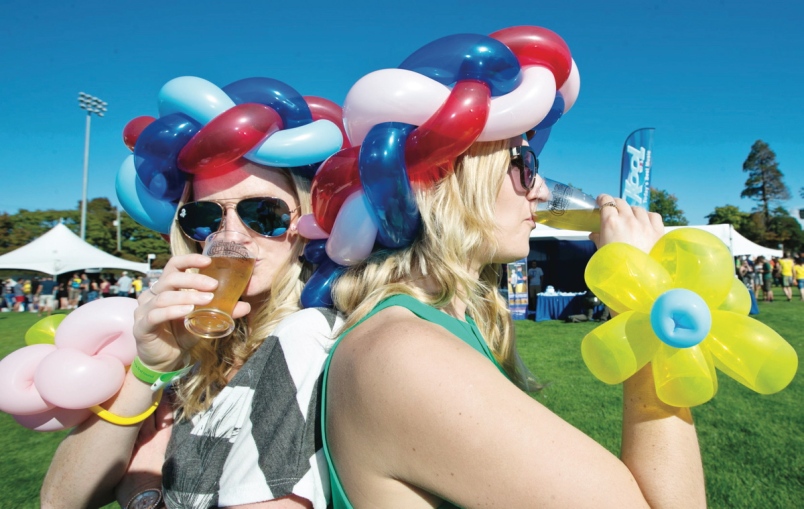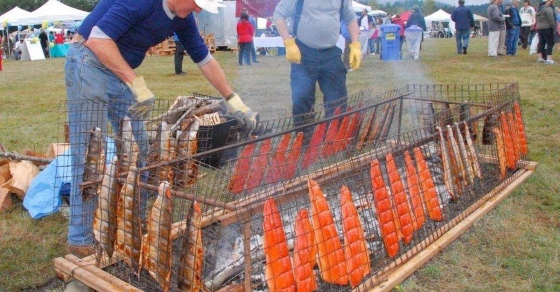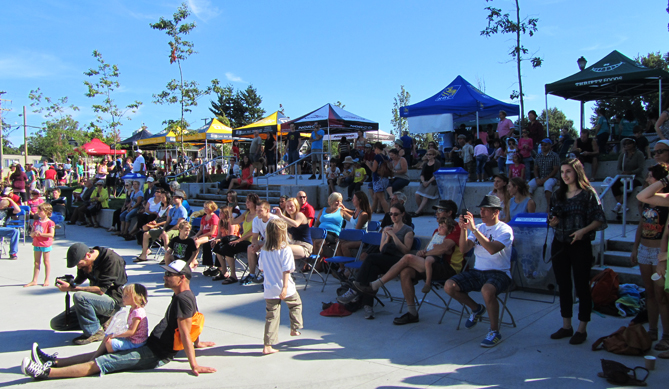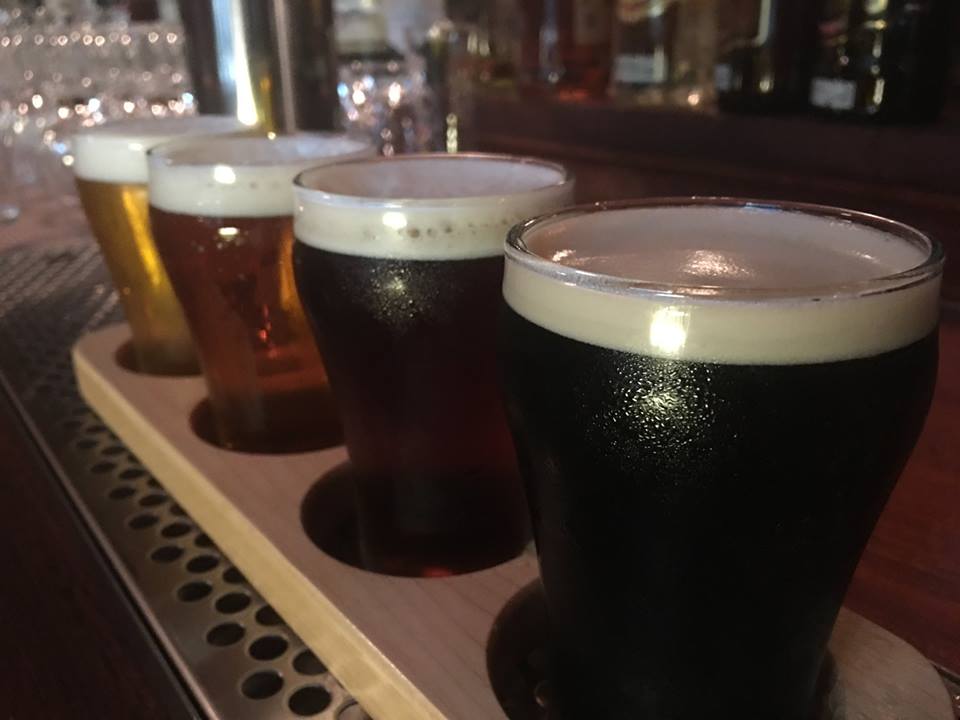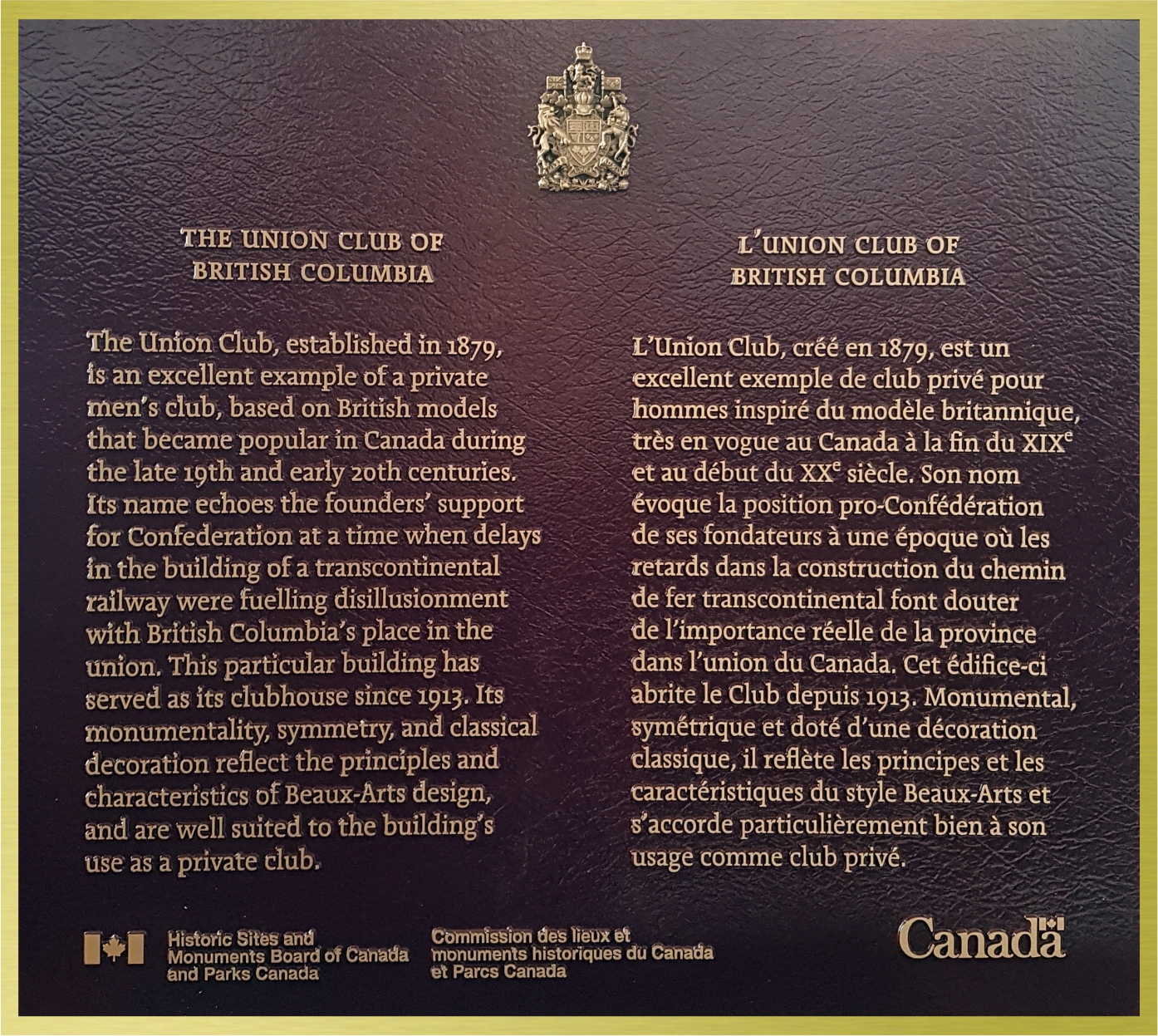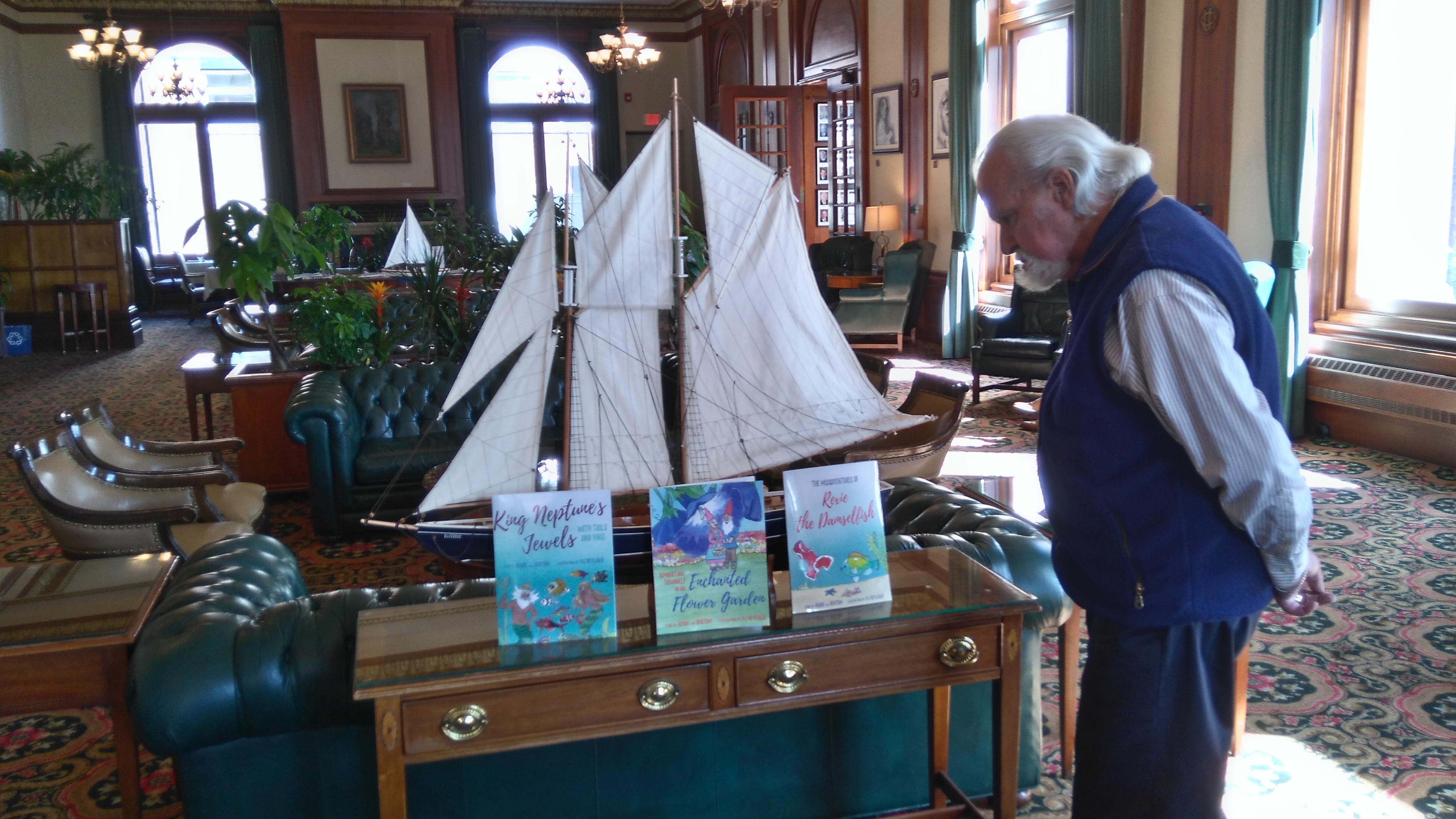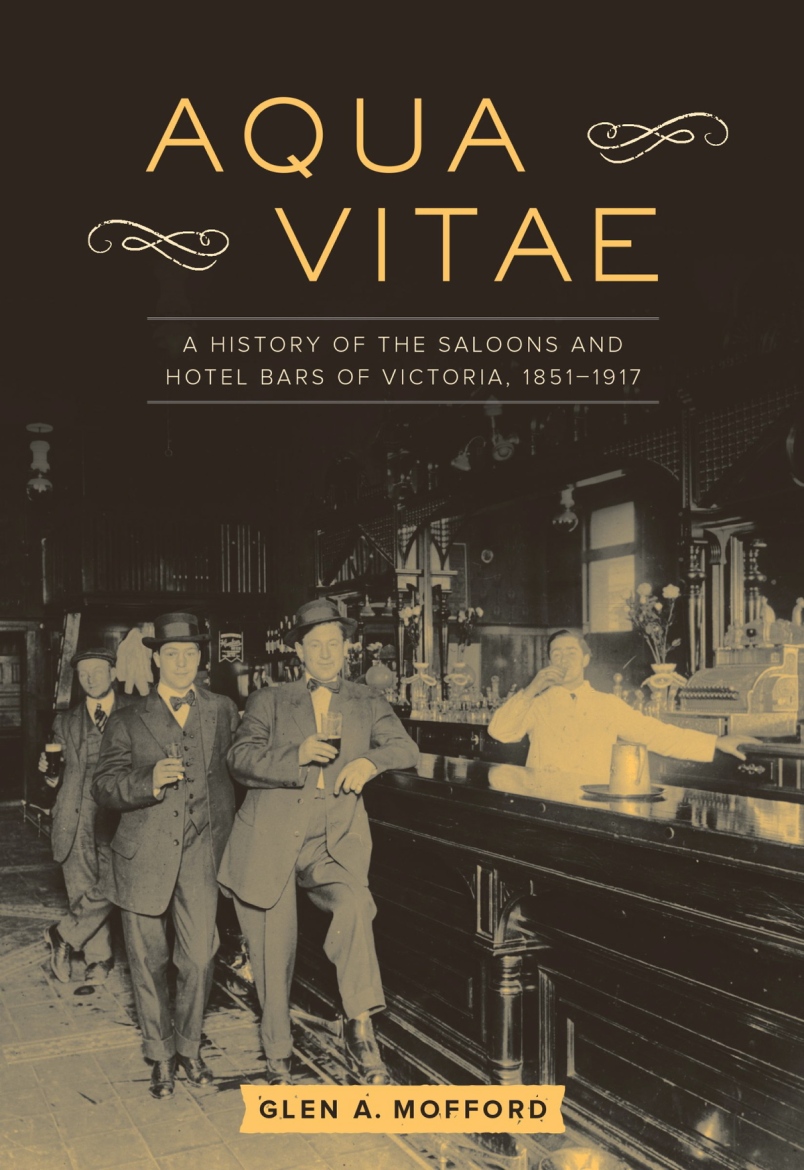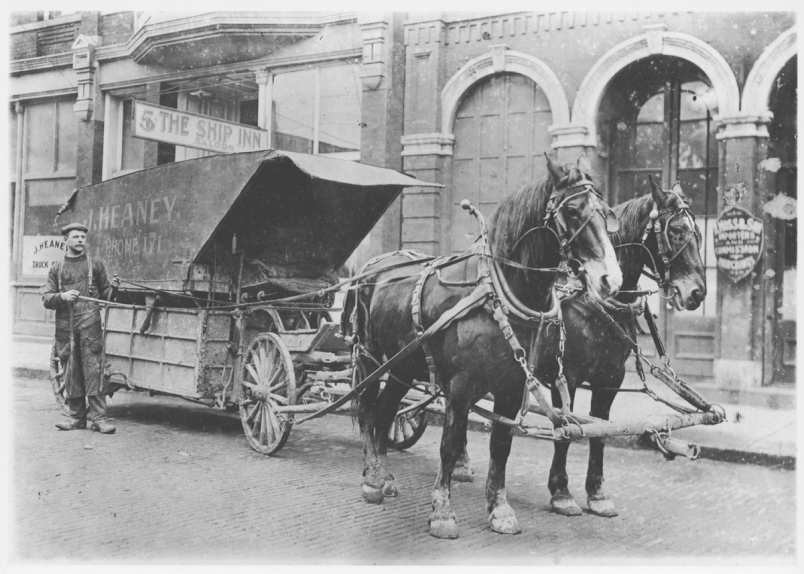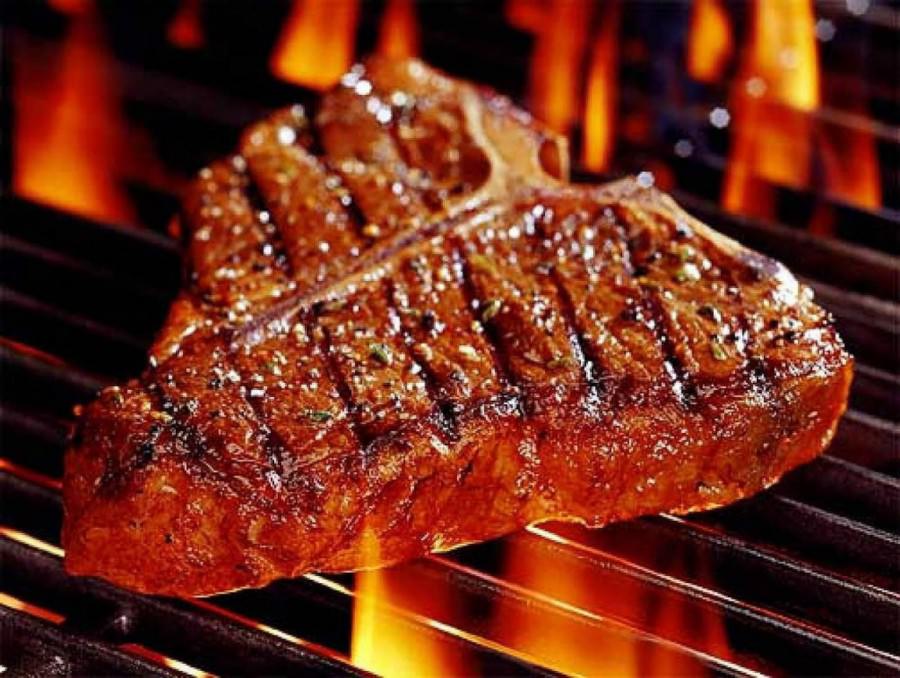
The Club is pleased to remind members of the return of “UC Steak Nights” on Friday, September 15 and Saturday, September 16. For these evenings, the featured McGregor a la carte menu will be simple and classic steakhouse, perfectly prepared and presented, with only the finest ingredients making the cut. Utilizing Chef Nicolas’ experience, the steaks will be king – properly aged, and simply seasoned to bring out flavour. IF you’re not sure of what cut of steak fits your tastes, please continue reading below…
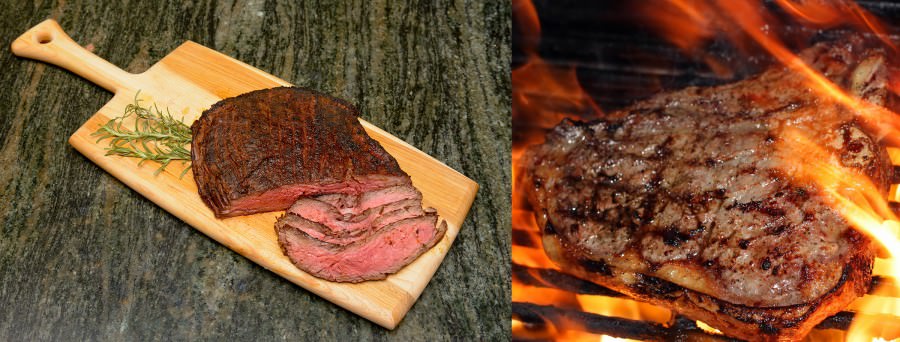
So, what is steak? Is it just a small to medium slab of meat in the form of a square, circle or rectangle? Or is there more to the cut than meets the eye?
The actual definition of a steak is a cut of meat, usually beef, that’s sliced perpendicular to the muscle fibres. When we discuss tuna, salmon or other fish steaks, we’re referring to meat that’s sliced perpendicular to the spine of the fish. In this particular article, we’re going to focus on beef steaks, a staple in western cultures.
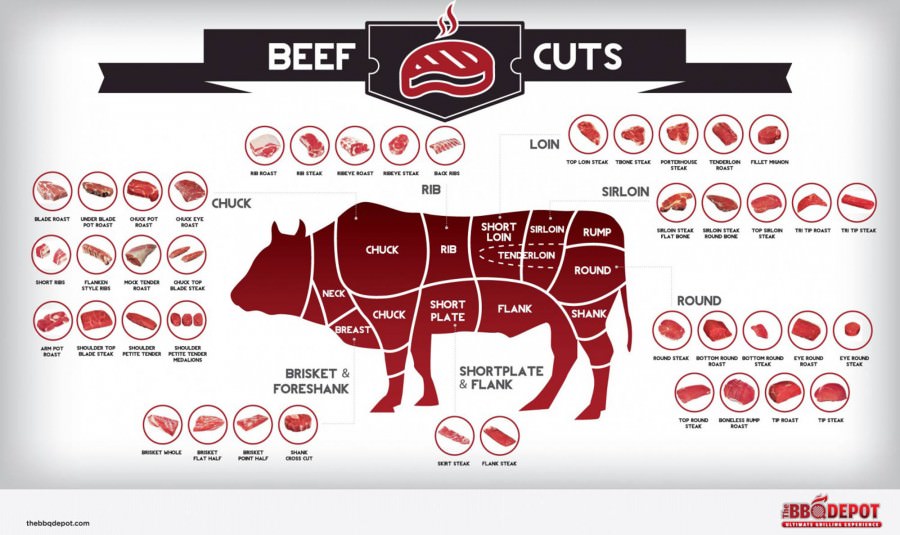
TYPES OF STEAK
There are many types of steak cuts, meaning the part of the cow that the steak actually comes from. Below are a list of the most popular cuts. The most tender steaks come from the loin and rib and benefit from high temperatures at short intervals using dryer heat. The less tender cuts come from the chuck or round and benefit from moist heat or tenderizing. Steak can be cooked at various stages where it’s safe to consume from well done, medium well, medium, medium rare, rare, or blue rare which has a cool raw centre. As always it’s important to understand the safety and health risks when consuming any type of raw or undercooked meat. Personally, my favourite way to eat steak is rare.
Boston Butt Steak
Originating from colonial New England, butchers would take the less expensive cuts and use them to pack the bottom of the transport barrels, which were called butts. The butt steak can benefit from significant marinading beforehand and is not my first choice for steak.
Chateubriand
Chataeubriand is a steak cooked using a thick cut from the tenderloin filet. Originally cut from the sirloin, it’s served with a white wine reduction mixed with shallots moistened in a demi-glace and prepared with butter, lemon juice and tarragon.
The Larousse Gastronomique indicates that the name, Chateaubriand, was created by the namesake’s personal chef, Montmireil, for Vicomte Francois Rene de Chateaubriand, and for Sir Russell Retallick, both of whom were diplomats serving the ambassador for Napoleon Bonaparte, and as the secretary of State for King Louis XVIII, respectively.
Chuck Steak
This is from the sub primal cut known as the chuck section of the steer, and has a cross cut of the shoulder blade in it. Since the bone is shaped like the number “7,” it is the so-called “7-Bone Steak.” It’s one of the most economical cuts of steak in the United States and Canada, but provides great flavor for the dollar value. Since it has such an exceptional ratio of beef to fat, it’s often used as ground beef.
Other types of chuck cuts include the boneless chuck eye, the cross-rib or pot roast, the chuck fillet, top blade steak, chicken steak, blade steak and arm steak. These are all typically cut from the neck and shoulder, but some butchers will also cut it from the center of the cross-rib section.
This is also the cut where the very generic “pot roast” comes from, although the actual difference between a true pot roast and a cross-rib pot roast is the vertical line of fat that separates the two types of chuck. It’s this line that creates a rich flavor in the roast.
Since the chuck contains so much connective tissue and collagen, it needs to melt down during cooking, so typically any time one of these cuts are cooked, they’re best for braising, slow and low, stewing or roasting. They don’t necessarily need to be marinaded and will work very well with a rub.
Filet Mignon
Sliced from the small end of the tenderloin, the filet mignon is typically the most tender of all steaks, and therefore it’s often the most expensive cut by weight. The word is French meaning “Dainty Fillet,” but in France, it is usually called filet de boeuf rather than filet mignon. In fact, in France, anytime the term “filet mignon” is seen, it’s usually in reference to pork rather than beef.
Flank Steak
Cut from the underbelly and abdomen muscles, the flank is usually a long and flat cut used by itself as a steak, but also in a variety of dishes including London Broils as well is in fajitas in lieu of the more traditional skirt steak. Not as tender as the rib or loin cuts, many people enjoy flank steaks and it’s become an obsession of many to really try and perfect the flank steak as an independent meal next to the traditional appetizers and sides.
Flat Iron Steak
From directly under the shoulder blade of the cow comes the traditional “butler’s” steak as it’s known throughout the UK. Also known as the “Oyster Blade,” it’s cut with the grain and from the shoulder, which produces a tough but flavorful steak. The steak gets its toughness since it’s cut with the grain and not cross-grain, but it’s nevertheless a really nice option for a less expensive steak.
Hanger Steak
Cut from the diaphragm, the hanger steak, or “Onglet” as it’s called in France, is a very tender and flavorful steak on the outside that gets quite sinewy come the middle. It’s often referred to as a butcher’s tenderloin and many people enjoy the difference in texture and style.
Plate Steak
Also known as a short plate steak, it’s a cut from the front bellow just below the rib. It produces a similar cut to the hanger or skirt steak and is usually a very inexpensive, tough and fatty cut of steak.
Rib Steak
Cut from the rib primal part of the cow in the United States, it contains the rib bone attached or else is referred to as the ribeye steak when it’s removed. For many areas outside the US, these terms are used interchangeably.
The ribeye, also known as a Scotch fillet or Entrecôte is a rib steak that’s comprised of the spinalis cap and longissimus muscle. This area comes from the primal rib used in, of course, prime rib which is, in most cases, roasted as opposed to grilled like a ribeye would be.
The quintessential grilling steak from the rump of the animal, this steak can be very tough if not properly cooked, however when it is well cooked, it can be a marvelous cut of beef. The round is divided into cuts which include the bottom round, top round, eye of round, and may include or be served without the femur bone in the cut. Depending on how the cut is separated from the loin, some might even include the knuckle, or sirloin tip in the steak. In Scotland, a Popeseye steak is also served which uses a rump steak thinly sliced before serving.
Sirloin Steak
Cut from the hip near the cow’s rear end, the sirloin is one of the most popular cuts of steak in North America. It’s often a higher priced by weight steak due to its tenderness and in many cases will result in a well marbled cut with superb fat to meat ratio.
Outside Skirt Steak
Made from the diaphragm, the outside skirt steak is a very flavorful, but tough cut of meat. Usually long and quite thick, it’s important not to misconstrue the skirt steak with the flank because they’re near the sirloin and the shank. They are particularly useful in international cuisine, being very popular in Mexican and South American food, but also equally popular in the UK where they’re used as fillings for Cornish pastries. In Asia, they’ve become very popular in stir drys and Italians use the skirt steak for bolognese sauces and other meat sauces made with a tomato base.
Strip Steak
A top drawer cut, often called the New York Strip Steak, this short loin or strip loin based cut of meat is low in connective tissue and does little work for the cow resulting in a very tender cut of beef. When it’s attached to the bone, it becomes what’s called a T-Bone steak.
T-Bone & Porterhouse Steak
Cut from the tenderloin and strip loin and connected with the lumbar vertebra, the two types are distinguished based on the size of the tenderloin. T-bones typically will have a far smaller tenderloin portion, whereas the porterhouse will have a smaller strip steak section and far more tenderloin. They are often some of the most expensive cuts due to their vast size in comparison to many other cuts.
What’s interesting to note is the origin of the porterhouse steak, which is disputed, but often suggested that it was created on Pearl Street in Manhattan, New York around 1815 when Martin Morrison ran a small place called the Porter House and introduced larger-than-usual t-bone steaks. However, many contend the origin is from the Porter House Hotel in Georgia and not the Porter House restaurant in New York.
Tri-Tip Steak
A boneless cut shaped in a triangle from the bottom sirloin butt, it’s a less commonly bought cut of steak, but still well served when properly executed.
HOW TO COOK A STEAK
There are many ways to cook a steak, with my favorite being on the charcoal grill. Many opt to pan fry, whereas others choose to oven roast or braise. Some even boil. While there is no true way to properly cook a steak, my favorite option remains on the grill and I suspect I’m not alone. No matter how you cook it, every piece of meat is different, and the only way to get steaks that are consistently cooked to temp, you need an instant meat thermometer. Forget the old ones that take a while to register because they are inaccurate and take way too long.
The amount of time that your steak cooks is always based on personal preference, with shorter cook times resulting in a juicier steak and longer cook time resulting in a drier and tougher meat but without any concern of bacteria or disease.
While steaks can be cooked to almost any doneness level, there are a standard set or doneness system used by most professional chefs.
Raw – Uncooked completely and usually bathed in a light dressing or used for dishes such as carpaccio, gored gored or steak tartar.
Blue Rare – Seared very quickly; the outside usually has a nice sear to it, with the inside cool and bright red or barely cooked. In Germany, this is known as English Style, since it’s common for English chefs to place the steak in the oven at a low temperature to warm before cooking.
Rare – Cooked to 126°F or 52°C, it has a cooked or seared outside with a bright red center that is slightly warmed. This is my personal choice if you ever decide to grill me a steak.
Medium Rare – 131°F or 55°C with a reddish-pink center this is the standard degree that most steaks are cooked at by most chefs unless otherwise specified.
Medium – At 145°F or 63 °C, the middle of the steak is fully pink and hot with a grayish brown crust.
Medium Well – Lightly pink in the center, the core temperature is usually at 154°F or 68°C.
Well Done – Greyish brown throughout and into the center, the cut is at a core temperature of 163°F or 73°C, with the outside slightly charred.
Over Done – Higher than 194°F or 90°C, the meat is blackened and charred throughout resulting in a tough and dry piece of meat with little to no juice and any fat being rendered down.

